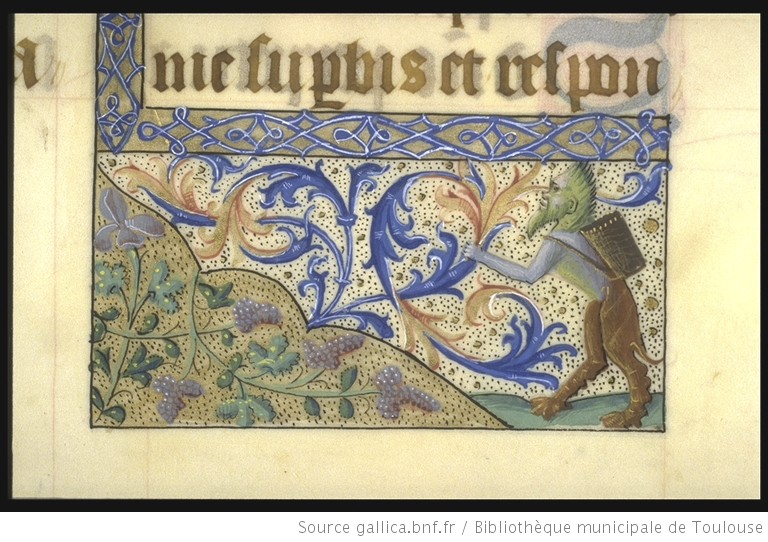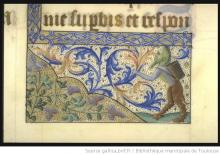
Bronstein, J., Yehuda, E., & Stern, E. J. (2020). Viticulture in the Latin Kingdom of Jerusalem in the Light of Historical and Archaeological Evidence. Journal of Mediterranean Archaeology, 33(1), 55–78. https://doi.org/10.1558/jma.42347
Abstract
Archaeological remains of viticulture in the Latin Kingdom of Jerusalem (AD 1099–1291) are quite rare, and those that are present are incomplete. In contrast, textual sources show extensive evidence of grape cultivation, wine production and wine consumption. Based on integration of archaeological and historical data, the focus of this article is on characteristics of Frankish grape cultivation and wine production in the East. By doing so, its goal is to offer new interpretation and identify new questions. Coming from the Christian West, the Latins brought with them a wine culture which differed from that in the area under Muslim rule. This new attitude towards wine expressed itself in the demand for large quantities of wine for nutritional, religious and therapeutic purposes, and consequently influenced vine growing and wine making in the Latin Kingdom of Jerusalem during the twelfth and thirteenth centuries. Through the topic of viticulture, we aim to explore the extent to which Frankish society—as a migrant society—assimilated with, borrowed from, rejected and/or influenced its new environment.
(from the journal website)



